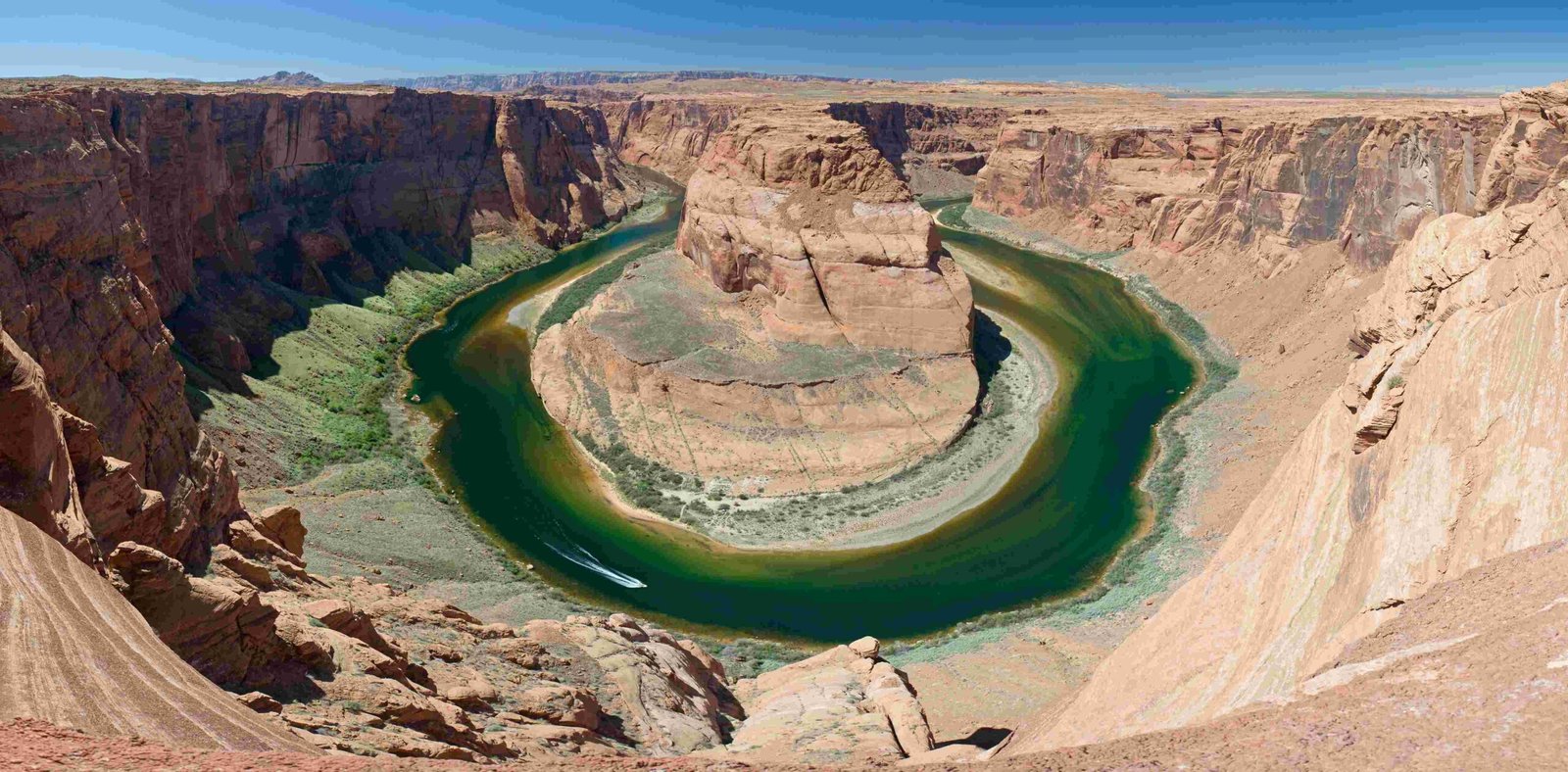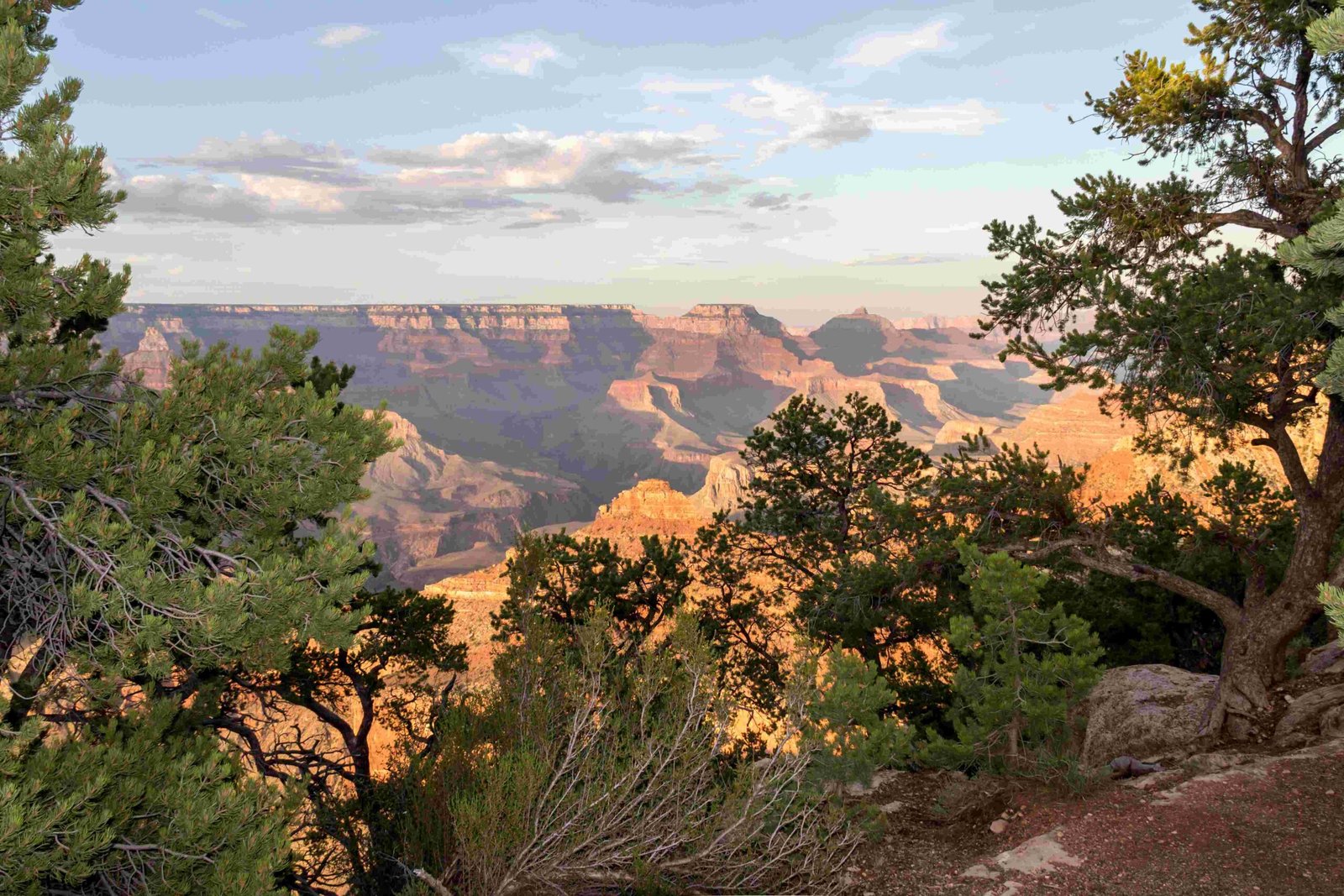The Grand Canyon represents a remarkable geological archive, exposing nearly 2 billion years of Earth’s history through its intricate sedimentary rock layers. These layers, stacked like pages in a geological book, reveal a complex narrative of ancient environments, marine transgressions, and environmental transformations, with each stratum telling a unique story of planetary evolution through the principle of superposition.
What Are the Primary Geological Layers of the Grand Canyon?

Chronological Rock Layer Breakdown
The Grand Canyon’s geological layers can be categorized into three primary zones:
Upper Layers
- Kaibab Limestone
- Age: 270 million years
- Thickness: 91-150 meters
-
Composition: Marine limestone with fossil remnants
-
Coconino Sandstone
- Age: 280 million years
- Thickness: 20 meters
- Composition: Eolian (wind-formed) sandstone
Middle Layers
- Supai Group
- Age: 285-300 million years
- Thickness: 300 meters
-
Composition: Mixed sedimentary rocks
-
Redwall Limestone
- Age: 335 million years
- Thickness: 120-240 meters
- Composition: Marine limestone with extensive fossil records
Lower Layers
- Tapeats Sandstone
- Age: 545 million years
- Thickness: 75-90 meters
-
Composition: Coarse-grained sandstone
-
Bass Formation
- Age: 1.25 billion years
- Thickness: 40-100 meters
- Composition: Varied sedimentary rocks with stromatolites
How Does Geological Superposition Work in the Grand Canyon?

Principles of Rock Layer Formation
| Principle | Description | Example in Grand Canyon |
|---|---|---|
| Superposition | Youngest layers on top, oldest at bottom | Kaibab Limestone (top) to Bass Formation (bottom) |
| Horizontal Continuity | Layers initially form in horizontal planes | Consistent limestone and sandstone strata |
| Original Horizontality | Sedimentary layers initially deposited horizontally | Uniform sandstone and limestone beds |
Unconformities and Time Gaps
Unconformities represent significant geological interruptions, indicating:
– Erosional periods
– Missing rock layers
– Substantial time gaps between depositions
What Environmental Conditions Created These Layers?
Depositional Environments
The Grand Canyon’s layers reflect diverse environmental conditions:
– Shallow tropical seas
– Desert sand dunes
– Coastal swamps
– Marine environments
– Continental platforms
Why Are Grand Canyon Layers Scientifically Significant?
Research and Geological Understanding
The Grand Canyon layers provide:
– Comprehensive planetary history
– Climate change evidence
– Evolutionary biological records
– Tectonic movement documentation
How Can Visitors Explore These Geological Wonders?
Recommended Exploration Methods
- Ranger-guided geological tours
- Hiking specific trail sections
- Attending educational programs
- Visiting geological interpretation centers
Conclusion
The Grand Canyon’s layers represent an unparalleled geological time capsule, offering unprecedented insights into Earth’s complex and dynamic history through the principle of superposition.

